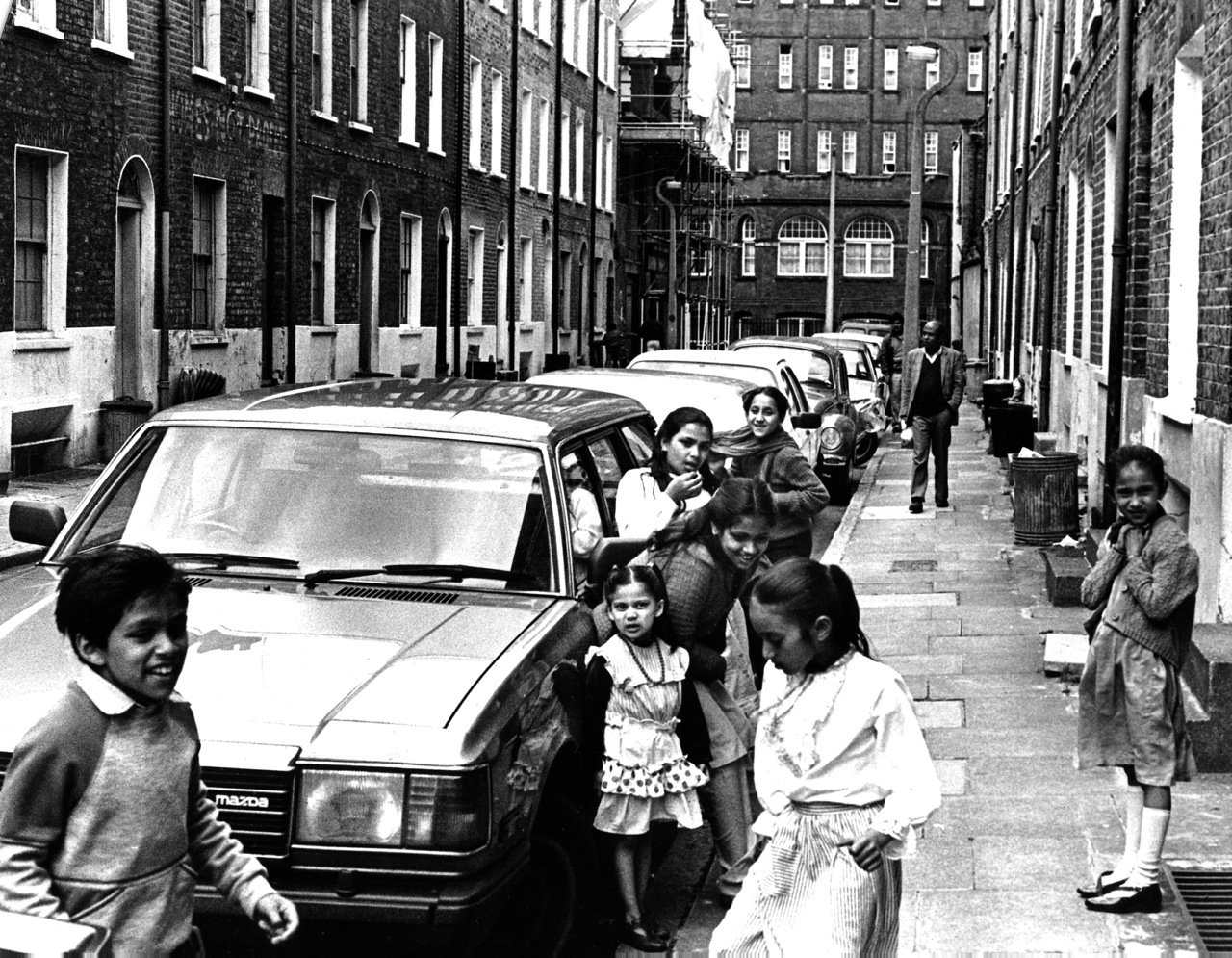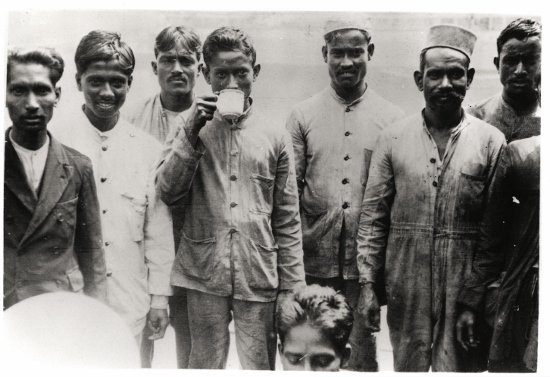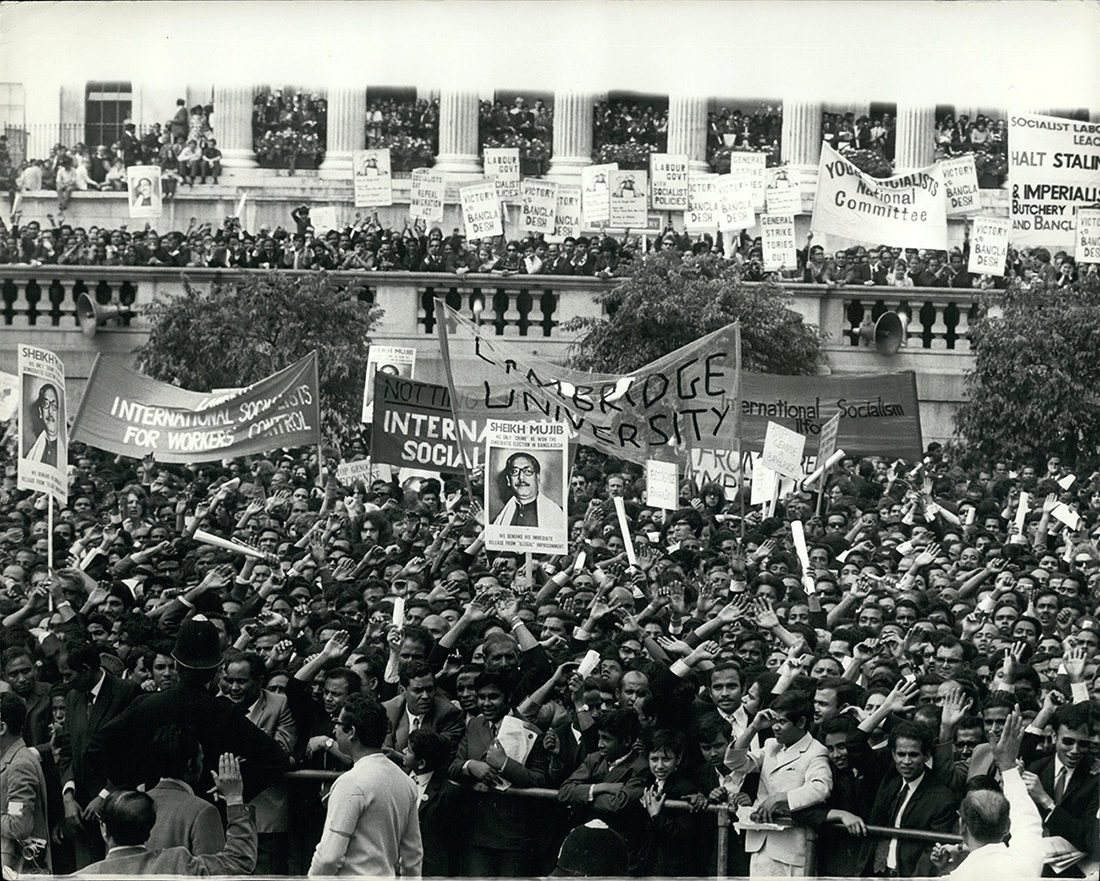History of Settlers
Unveiling the Rich Tapestry of Bangladeshi History in the UK
The story of Bangladeshis in the United Kingdom is one of resilience, adaptation, and a deep desire for a better life. The presence of Bengalis in Britain stretches back as far as the 19th century, with some early records mentioning individuals like Saeed Ullah and lascar cooks from Sylhet.
- Evolving Landscape: The arrival of Bengali Muslims, particularly from Sylhet, can be traced back to the 18th century with figures like I’tisam-ud-Din, a scholar and diplomat who documented his experiences in Europe.
- Seafaring Connections: Sylheti people’s maritime history played a role in later migrations. Many men found work as lascars on ships, eventually settling in Britain.
- Early Businesses: Pioneering entrepreneurs like Shah Abdul Majid Qureshi opened restaurants that became hubs for the growing British Asian community.
Asian Seamen in the port of London, c.1908
- Pre-WWII Arrivals: A small number of Bangladeshis, ancestors of the current community, arrived before World War II, initiating a chain migration process that brought many from Sylhet in search of work and a better future.
- Post-War Migration: The 1950s and 1960s saw a significant increase in Bengali men migrating to London, particularly settling in areas like Tower Hamlets near Spitalfields and Brick Lane.
- 1971 and Beyond: The Bangladesh Liberation War in 1971 further shaped migration patterns. Changes in immigration laws in the 1970s also facilitated a new wave of Bangladeshis settling in the UK.
‘Recognise Bangla-Desh Rally’ in Trafalgar Square, 8 August 1971. Source: Keystone Press/Alamy
- Early Challenges: The initial years were marked by challenges for the early immigrants. Language barriers, limited job opportunities, and cramped living conditions presented difficulties.
- Brick Lane Transformation: The Brick Lane area became a central point for the Bangladeshi community. Former Jewish establishments transformed into restaurants, shops, and a thriving mosque, reflecting the changing demographics of the area.
- Entrepreneurial Spirit: With hard work and determination, Bangladeshis established a network of restaurants and businesses, contributing significantly to the cultural tapestry of East London.
Bangla Town
This glimpse into the history of Bangladeshis in the UK serves as an introduction to more detailed explorations on the following pages. Dive deeper and discover the stories of the cities and towns that shaped this vibrant community.
05 May, 2024
By the late 1970s, the Brick Lane area had become predominantly Bengali, replacing the former Jewish community which had declined. Jews migrated to outlying suburbs of London, as they integrated with the majority British population. Jewish bakeries were turned into curry houses, jewellery shops became sari stores, and synagogues became dress factories. The synagogue at the corner of Fournier Street and Brick Lane became the Brick Lane Jamme Masjid or ‘Brick Lane Mosque’, which continues to serve the Bangladeshi community to this day. This building represents the history of successive communities of immigrants in this part of London. It was built in 1743 as a French Protestant church; in 1819 it became a Methodist chapel, and in 1898 was designated as the Spitalfields Great Synagogue. It was finally sold, to become the Jamme Masjid.
10 May, 2024
Nestled amidst the rolling hills of Wiltshire lies Salisbury, a charming cathedral city that holds a unique place in British Bangladeshi history. The story of Bangladeshi settlement in Salisbury stretches back to the 1960s. Delve into the fascinating journey of how a small community from South Asia planted roots in Salisbury, laying the foundation for the vibrant Bangladeshi presence we see today.
11 May, 2024
Norwich, a historic city steeped in medieval charm, also boasts an intriguing chapter in the British Bangladeshi narrative. The story begins in the 1980s, when a handful of Bangladeshi Restauranteers, mostly from Sylhet, disembarked in Norwich seeking new opportunities. Their perseverance and entrepreneurial spirit laid the groundwork for the flourishing Bangladeshi community Norwich is known for today. This Norwich page delves into the experiences of these trailblazers, exploring their struggles and successes, and how they helped shape the city’s cultural landscape.




